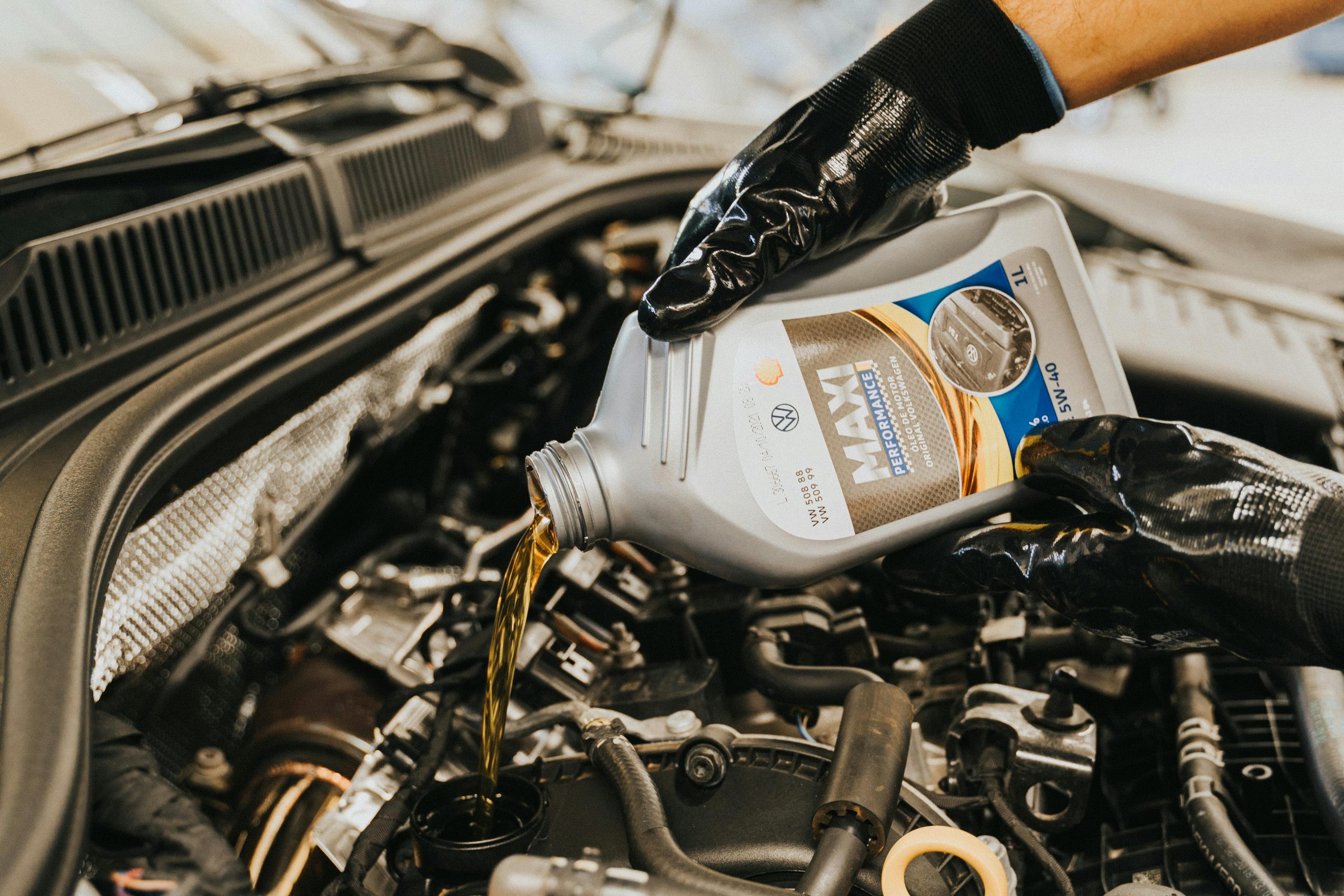Running low on engine oil is an easy enough oversight to make, but it’s a mistake that could end up costing you in the long run if it leads to lasting engine damage, and in fact, checking your fluid levels is one of the simplest bits of car maintenance you can do.
To help keep your fluid levels healthy, and your car on the road, we’ve put together our quick guide on how to check your engine oil.
How do I check engine oil?

When checking your engine oil, follow these simple steps:
– Ensure your vehicle’s parked on level ground and your engine is cool.
– Open your bonnet and locate the dipstick. If you’re unsure where this is, check your user manual. Your car may not have a dipstick – some modern cars are fitted with electronic oil monitors.
– Once you’ve found the dipstick, pull it out and wipe off all the oil with a cloth or rag. You should notice two marks on the dipstick itself, identifying the minimum and maximum oil levels.
– When it’s clean, put the dipstick back into its tube, pushing it all the way back in. Let it sit and then remove it again.
– If the level is halfway between the minimum and maximum levels on the dipstick you don’t need to add any oil. If it’s below halfway, you may want to add some oil. If it’s below the minimum mark, you need to add oil.
– If you do need to top up, make sure you have the correct oil for your car and locate the oil cap on your engine – usually marked with the picture of an oil can.
– Remove the cap and pour in the oil a little at a time, checking the level with the dipstick to ensure you don’t pour in too much, as this can also cause damage.
– Replace the cap and the dipstick and clear up any oil spills before closing the bonnet.
What should my engine oil level be?
There is no set amount of oil that every car needs – it depends on the type and size of your engine. However, the dipstick in your car’s engine will clearly indicate what your engine’s oil level should be.
What colour should my engine oil be?
When you buy a new bottle of oil, it will be a clear, golden colour that makes it look a lot like syrup (although you wouldn’t want to pour this onto your pancakes).
When it’s in an engine, the oil will quickly change into a dark brown colour which may seem quite alarming. This is perfectly normal and doesn’t mean there’s anything wrong with your engine.
When should I check my oil level?
Manufacturers recommend changing your engine oil every 12 months or 9,000 miles, whichever comes sooner, but you should still check your engine oil at regular intervals to ensure your car remains safe to drive.
You should check your oil levels when your engine is cold. Wait at least 10 minutes after use before checking to ensure you get an accurate reading and don’t accidentally burn yourself on a hot engine.
Which is the best oil for my car?

Again, this depends on your vehicle but you need to make sure you use the correct oil for your car, so as not to damage the engine.
To find out which oil is right for your car, check your handbook or contact the manufacturer, as it’s essential you use one that meets its technical specifications.
Where should I check my oil level?
Checking your oil levels is a quick and easy process that can be done easily while your car is parked in your driveway or outside your home.
Why should I check my engine oil level?
The oil in your engine is one of your vehicle’s most important elements. It keeps all the engine’s internal parts moving as they should, and stops them from wearing out too quickly.
If the oil level in your engine drops too low it’ll stop it from working efficiency causing it to seize up, and could eventually lead to significant engine damage if not addressed.
Oil should be drained and refilled annually as part of the MOT. But that doesn’t mean you shouldn’t still check your levels at regular intervals throughout the year to avoid your engine running low.
